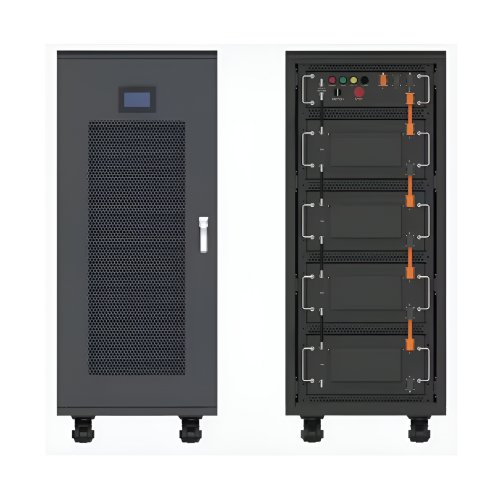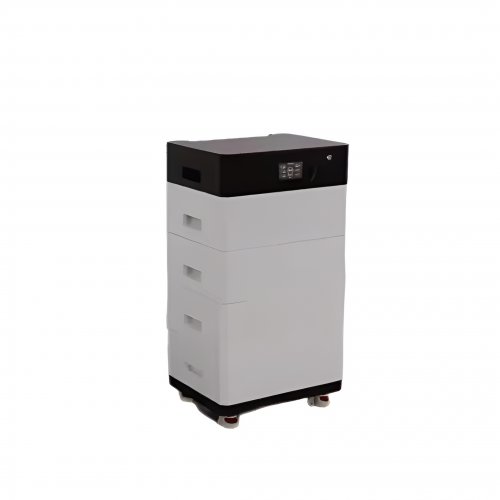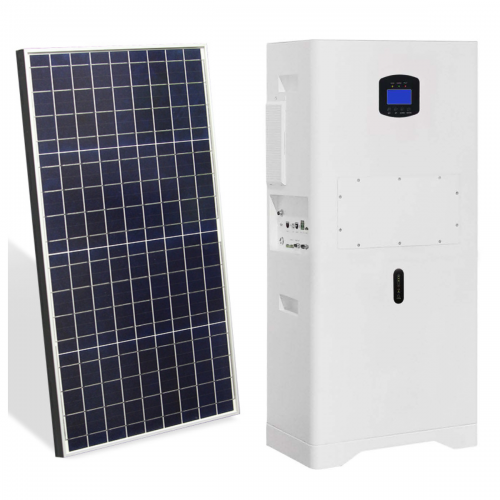Lfp Battery Technology Advancements News: Surging Global Adoption And Next-generation Innovations Reshape The Energy Storage Landscape
The global energy storage sector is witnessing a paradigm shift, largely driven by rapid and significant advancements in Lithium Iron Phosphate (LFP) battery technology. Once considered a niche chemistry primarily for specialized applications, LFP has now firmly entered the mainstream, challenging the dominance of Nickel Manganese Cobalt (NMC) batteries. This surge is fueled by relentless innovation aimed at overcoming LFP's traditional limitations, making it the preferred choice for a growing number of electric vehicle (EV) manufacturers and grid-scale energy storage projects worldwide.
Latest Industry Dynamics: From EV Dominance to Grid-Scale Deployment
The most conspicuous trend is the accelerating adoption of LFP batteries by leading EV automakers. Tesla has been a pivotal force, equipping nearly half of its global vehicles, including all Standard Range models, with LFP cells. This move has been echoed by industry giants like Ford, which plans to use LFP packs in its Mustang Mach-E and F-150 Lightning, and Volkswagen, which is integrating the technology across its volume brands. The rationale is clear: LFP batteries offer a compelling combination of lower cost, enhanced safety, and longer cycle life, albeit with a lower energy density than their NMC counterparts.
Beyond the automotive industry, the stationary energy storage market is experiencing an even more pronounced shift towards LFP. Major projects, such as Tesla’s 3600 MWh Megapack installation in California and numerous large-scale facilities across China and Europe, are overwhelmingly utilizing LFP technology. Its inherent stability and durability make it ideally suited for applications where safety is paramount and space constraints are less critical than in passenger vehicles. Recent supply chain developments also highlight this trend. Contemporary Amperex Technology Co. Limited (CATL) and BYD, the world's largest battery producers, are aggressively expanding their LFP production capacity. Furthermore, companies like Gotion High-Tech and Eve Energy are securing major international contracts, signaling a robust and growing global demand.
Trend Analysis: Overcoming Limitations and Forging New Frontiers
The current wave of LFP advancements is focused on addressing its primary weakness: energy density. The industry response has been multifaceted, leading to several key trends:
1. Cell-to-Pack (CTP) and Structural Battery Innovations: Companies like CATL with its third-generation CTP technology (dubbed "Qilin") and BYD with its "Blade Battery" have dramatically increased the volume utilization efficiency of battery packs. By integrating cells directly into the pack and eliminating intermediary modules, these designs significantly improve the overall energy density at the system level, allowing LFP-powered EVs to achieve competitive ranges exceeding 400 miles (700 km) on a single charge in some models.
2. Material and Electrolyte Improvements: Research into nano-engineering of cathode materials is enhancing the ionic and electronic conductivity of LFP cells. Doping with elements like manganese and optimizing the carbon coating on cathode particles are yielding tangible improvements in charge/discharge rates and low-temperature performance. Concurrently, developments in electrolyte additives are widening the operational temperature window and further improving cycle life.
3. The Sodium-Ion (Na-Ion) Complement: While not a direct advancement of LFP itself, the parallel development of sodium-ion batteries is closely linked. CATL has announced a hybrid solution that integrates Na-Ion and LFP cells within the same battery pack. This AB battery system leverages the superior cold-weather performance of Na-Ion to compensate for a traditional LFP weakness, while the BMS (Battery Management System) intelligently manages the energy flow between them. This represents a trend towards hybridized systems that maximize the strengths of different chemistries.
4. Supply Chain Diversification and Localization: Geopolitical and supply security concerns are accelerating the localization of LFP production outside of China. North American and European companies are investing heavily in building domestic supply chains for LFP cathode materials and cells. This trend is poised to reduce logistical costs and carbon footprints, further solidifying LFP's cost advantage in these regions.
Expert Views: A Cautiously Optimistic Outlook
Industry experts largely agree on the sustained growth trajectory of LFP technology but emphasize the importance of continuous innovation.
"LFP's value proposition in terms of safety and cost is undeniable for mass-market electrification," says Dr. Elena Rodriguez, a materials scientist specializing in energy storage. "The recent advancements in system-level integration have been a game-changer, effectively mitigating the energy density gap. The next frontier is solid-state LFP batteries, which could potentially combine the ultimate safety of LFP with even higher energy densities."
Michael Evans, a clean technology analyst, highlights the economic and strategic drivers. "The avoidance of cobalt and nickel insulates LFP manufacturers from the price volatility and ethical concerns associated with those metals. This, coupled with its long lifespan, results in a significantly lower total cost of ownership for both EVs and storage assets, which is the ultimate metric for most customers and investors."
However, experts also caution against complacency. While LFP is dominating specific segments, NMC and emerging chemistries like lithium manganese iron phosphate (LMFP) will continue to evolve and compete for applications where ultra-high energy density remains the top priority.
In conclusion, the advancements in LFP battery technology are fundamentally altering the energy storage ecosystem. Through ingenious engineering that maximizes system efficiency and relentless material science research, LFP is no longer a compromise but a leading solution for a sustainable electrified future. Its continued evolution promises to make clean energy and transportation more accessible, safe, and affordable on a global scale.
Customized/OEM/ODM Service
HomSolar Supports Lifepo4 battery pack customization/OEM/ODM service, welcome to contact us and tell us your needs.


HomSolar: Your One-stop LiFePO4 Battery Pack & ESS Solution Manufacturer
Our line of LiFePO4 (LFP) batteries offer a solution to demanding applications that require a lighter weight, longer life, and higher capacity battery. Features include advanced battery management systems (BMS), Bluetooth® communication and active intelligent monitoring.

Customised Lithium Iron Phosphate Battery Casing
ABS plastic housing, aluminium housing, stainless steel housing and iron housing are available, and can also be designed and customised according to your needs.

HomSolar Smart BMS
Intelligent Battery Management System for HomSolar Energy Storage System. Bluetooth, temperature sensor, LCD display, CAN interface, UART interface also available.


Terminals & Plugs Can Be Customized
A wide range of terminals and plugs can be customised to suit the application needs of your battery products.

Well-designed Solutions for Energy Storage Systems
We will design the perfect energy storage system solution according to your needs, so that you can easily solve the specific industry applications of battery products.



About Our Battery Cells
Our energy storage system products use brand new grade A LiFePO4 cells with a battery lifespan of more than 4,000 charge/discharge cycles.



Applications in Different Industries
We supply customized & OEM battery pack, assemble cells with wiring, fuse and plastic cover, all the cell wires connected to PCB plug or built BMS.
Applications: E-bike, Electric Scooter, Golf Carts, RV, Electric Wheelchair, Electric Tools, Robot Cleaner, Robot Sweeper, Solar Energy Storage System, Emergency Light, Solar Power Light, Medical Equipment, UPS Backup Power Supply.
We can provide you with customized services. We have the ability to provide a vertical supply chain, from single cells to pack/module and to a complete power solution with BMS, etc.


HomSolar (Shenzhen) Technology Co., Ltd
























